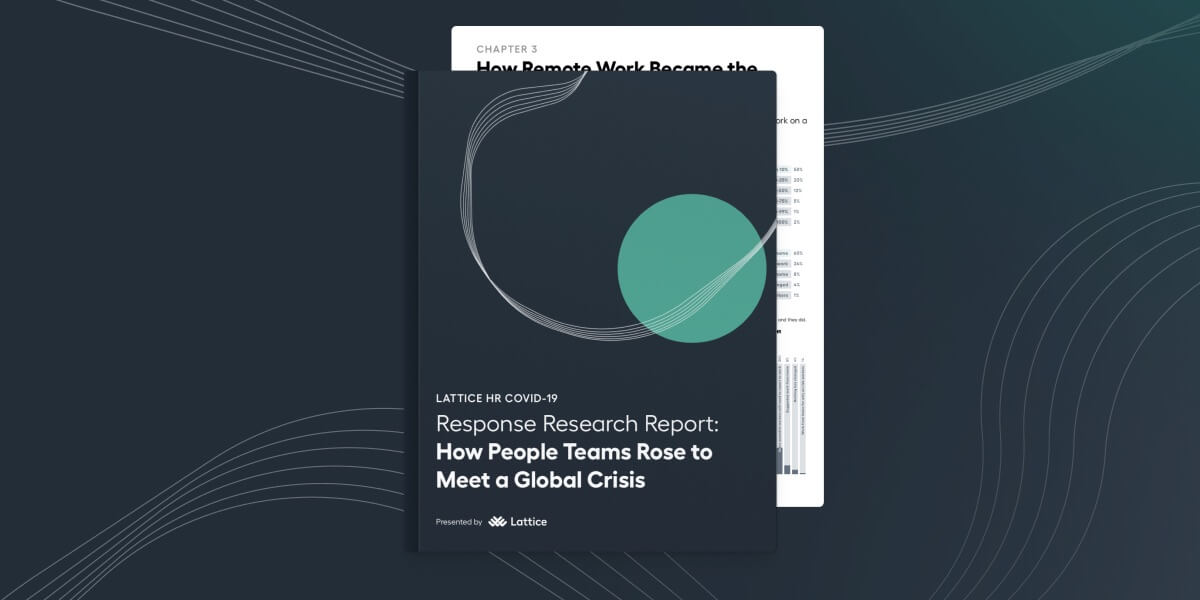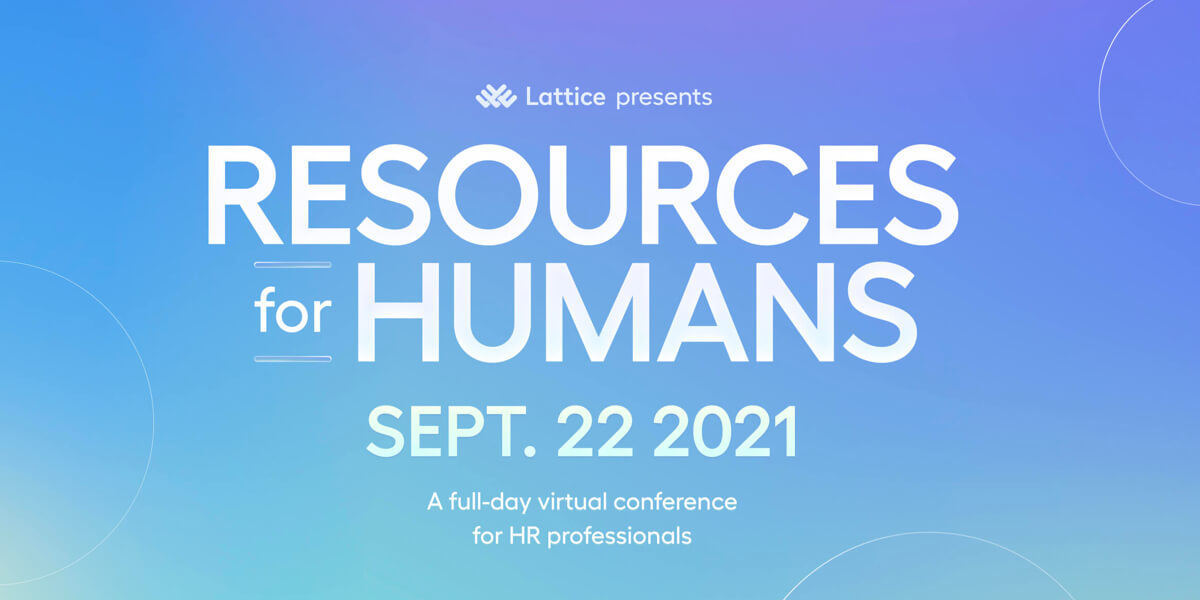In the rapidly transforming life sciences industry — which encompasses pharmaceuticals, biotechnology, medical devices, and more — HR teams face a host of challenges to support businesses and their employees while navigating the ongoing pandemic, a volatile economy, and the expectations of a workforce in a tight labor market.
A breakthrough technology poised to unlock an entirely new patient population, for example, will trigger a surge of investment dollars — and the need for new hires, said Joe Mullings, Chairman and CEO of The Mullings Group, a medtech talent acquisition firm.
All that upheaval requires companies to devise new and better ways to attract and retain employees. “Your employees are no longer employees, your employees are now customers,” Mullings said. “And if you don't treat them as customers, they're going to take their service somewhere else.”
Here are the top HR challenges for life sciences companies — and how People leaders can overcome them.
4 Top Challenges in the Life Sciences Industry
1. Providing Employee Growth Opportunities
Earlier this year when BioSpace, a digital hub for life science news and jobs, asked industry professionals in their How to Attract and Retain Talent survey what their motivators are to look for a job, 57% said “greater compensation.” But that wasn’t the top driver.
“Growth opportunities” led the pack, with 63% of life sciences professionals saying they were seeking out employers where they could further their learning and development, according to the report.
Employees’ desire for learning makes succession planning and employee development critical, said Courtney Berg, founder and owner of HR consulting firm CourtSide Consulting. Succession planning means preparing employees to take on key roles in the organization, so companies must consider the goals and skill sets required to make that happen, Berg said. Then they must consider whether there’s a skills gap among their current employees, and who on staff is ready for upskilling, reskilling, and career advancement.
But in today’s tight labor market, employees must be on board with the changes planned, Berg said. No longer are workers automatically in lockstep with a company’s expectations for them.
“[Workers are] more contemplative about how [a job change or promotion] is going to impact [their] life,” Berg said. “[We must have] more intentional conversations around what those employees really want.”
To retain employees eager for career mobility, personalized employee development opportunities have been important at 1nHealth, a patient recruitment firm for clinical trials, said Senior Manager of Culture and Talent Tanya Haller. Those individualized plans might include, for example, a leadership skills course for new managers, or reskilling for a project manager who wants to get into software development.
“We wouldn’t want to lose [an employee] because [they] want to take another route with [their] career,” Haller said. “We want to foster that, and we want to be that stepping stone to help [them] in any way we can.”
2. Making DEIB a Priority
Moving forward on Diversity, Equity, Inclusion, and Belonging (DEIB) priorities in any industry can be a challenge, necessitating changes to longtime practices and policies. But workers have made it clear that DEIB matters for recruiting and retention. According to consulting firm McKinsey & Company, employees are 47% more likely to stay with an organization if it’s inclusive.
Within life sciences, there’s work to be done. In the biotech sector, for example, people of color comprise just 38% of all employees, according to Measuring Diversity in the Biotech Industry, a 2022 report created by biotechnology advocacy organization BIO and Coqual, a think tank that champions equity. And while most respondents told researchers that recruiting and promoting diverse talent were priorities, less than 20% of companies had set goals to do it, the report found.
When it comes to DEIB, hiring more people from historically disadvantaged groups and conducting more implicit bias training isn’t enough, said Gena Cox, PhD, an organizational psychologist and author of Leading Inclusion: Drive Change Your Employees Can See and Feel. “You have to have actions that are strategic,” said Cox, ensuring that underrepresented employees have career mobility and equity in terms of recognition and compensation.
Making DEIB a priority requires support from the C-suite and the board level, noted Cox. And leaders must clearly articulate not just that it’s important, but why.
Part of that conversation should address why diversity is vital for business outcomes, Cox advised. Diverse companies are more innovative, according to the Harvard Business Review. But the life sciences industry has suffered from a lack of diversity — in its workforce and in its research. In clinical trials, for example, a 2022 report from the National Academies of Sciences, Engineering, and Medicine (NASEM) found that there’s been “little progress” in the last 30 years to boost the participation rate of racial and ethnic minorities.
“If the patient is not understood, all of your decisions that are made earlier in that stream are probably going to be a little bit faulty,” Cox said. That long-standing lack of recognition of the needs of underrepresented groups, alone, can turn away top diverse talent from the industry.
At the same time, 72% of life sciences employers are experiencing a decrease in the number of applicants, according to BioSpace’s 2022 US Life Sciences State of the Recruitment Market report. Building a workplace where all employees, regardless of background, can grow and achieve success will attract more job candidates.
To do better, organizations must make training managers to be effective leaders for their entire workforce a priority, said Cox. HR teams need to take the time to understand the employee experience through surveys and regular, ongoing conversations. They should harness data to uncover troubling patterns in who gets hired, recognized, promoted, and included in business-critical decisions. And when issues emerge, organizations must take action to correct them and ensure inclusion and equity.
A good way to measure progress over time, Cox said, is for organizations to use information gleaned from surveys, data, and conversations to answer questions like the ones below — and make adjustments accordingly.
- Are underrepresented talent equitably recognized for their contributions and ideas?
- Are they working in what Cox calls the “power sources” — high-profile departments and positions where they are tasked with generating revenue or creating new innovations?
- Are individual managers leading their entire team effectively?
“Organizations have to be prepared to make the hard decisions to not allow people who should not be leading a diverse workforce to continue leading,” said Cox.
3. Building a Strong Hybrid Culture
Hybrid and remote work is here to stay. In BioSpace’s State of the Recruitment Market report, 70% of life sciences employers surveyed said they would continue to hire remote workers. Even still, 63% said integrating those remote workers with teams remains a challenge.
At 1nHealth, keeping its strong culture in a remote environment has been challenging. The company went fully remote during the pandemic. Now, many of its new employees have never met each other in person. “Fostering that remote culture is something that we really have to work on continuously,” said Haller.
The company is hosting its first in-person gathering in January of 2023. Year-round, the organization’s senior leadership has a monthly budget to recognize employees who are doing a great job. And the Slack channel is a popular place to shout-out employees for their wins.
“We use Slack quite heavily, letting everyone in the organization know when somebody’s doing a really stellar job,” Haller said.
Other ways to reinforce a strong hybrid culture include encouraging cross-functional feedback, seeking employee input about how best to communicate, and providing staff members with opportunities to collaborate on projects.
4. Embracing Employee Performance Management
“Quiet quitting” is making headlines as some workers stick to their job descriptions instead of going above and beyond, otherwise known as low engagement. A robust performance management strategy can prevent that level of disengagement and ensure workers understand their purpose and value in the workplace.
An effective performance management strategy, however, starts early on — during talent acquisition with job ads that clearly spell out the roles, responsibilities, and expectations of a position, Berg said. Those conversations must continue during interviews and the onboarding process and, finally, during one-on-one check-ins between managers and direct reports and formal performance evaluations.
Setting the tone early on means employees understand from day one how their skills will be put to use and what’s expected of them. And consistent, ongoing discussions between supervisors and their direct reports ensure that any missteps will be identified quickly, making conversations with managers less punitive and more collaborative.
When concerns arise, it’s much easier for a manager to refer back to past conversations that established responsibilities and expectations when they ask a direct report why they’re having trouble meeting certain goals, Berg said. Because both manager and employee are on the same page about what’s expected, a baseline has been set. Now, the manager can focus the conversation on finding out what’s blocking their team member’s way and whether they need any additional tools or training.
What’s more, these conversations can align an individual contributor’s work with the overall goals or objectives and key results (OKRs) of the organization, ensuring workers understand how their contributions matter.
“Employees want to do a good job,” Berg said. “And how they [show up at work] and interact with their manager and how their company treats them impacts their engagement and employee satisfaction.”
—
Tackling these challenges in the life sciences industry is no easy feat, especially for Human Resources departments that have faced budget cuts, layoffs, and attrition during the pandemic. “HR has historically been overworked and under-resourced,” Mullings acknowledged.
But the disruptions of the last few years are requiring HR teams to play a more strategic role in the recruitment of new talent and the internal support to retain workers. And that means addressing challenges like these head on.
“We’re moving into a phenomenal time for life sciences — a very promising time,” Mullings said. “It’s going to come with a lot of work, a lot of pain, [and] a lot of dialogue and negotiation. But on the other side of this is a much better work environment.”
Ready to unlock People success at your organization? Download Lattice’s eBook to find out how smart People practices can lead to better business outcomes.







